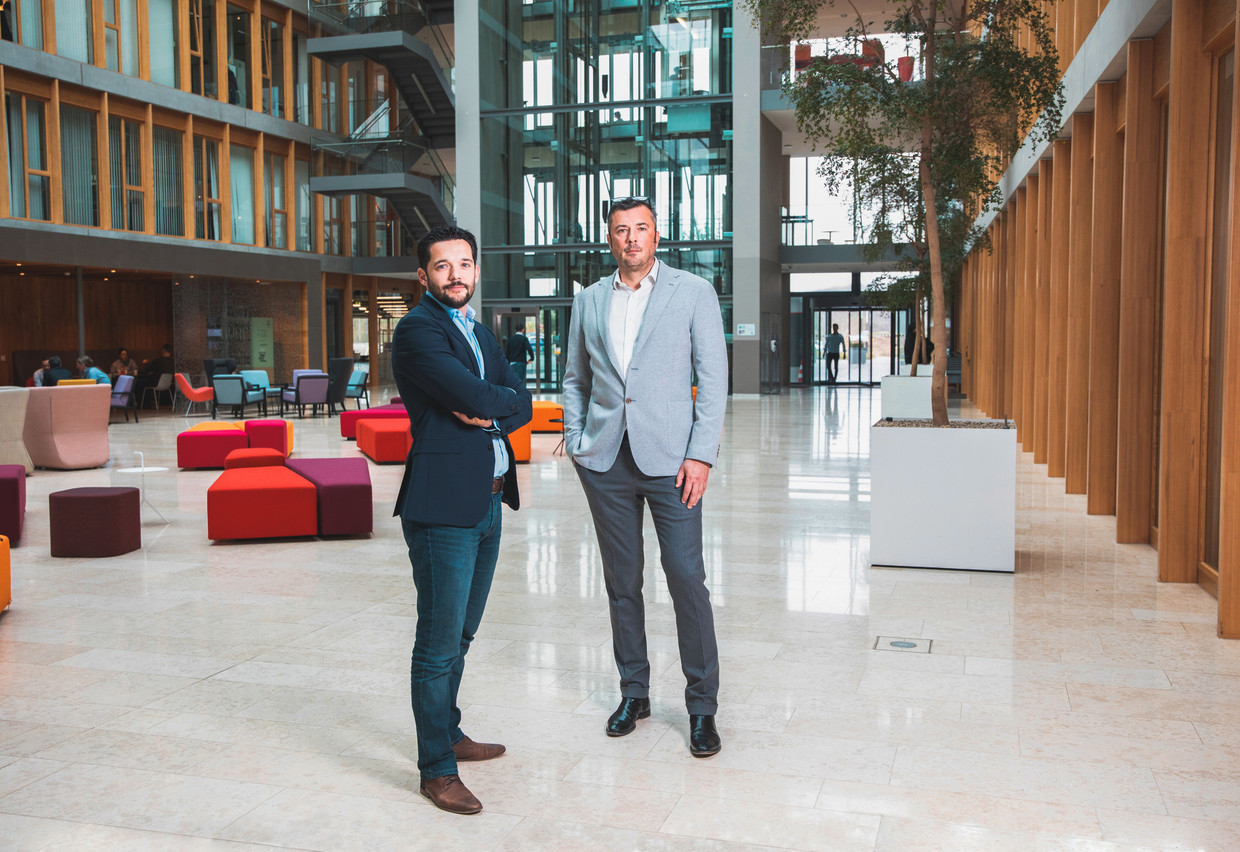The alternative investments industry is in constant evolution. Regulators increase their scrutiny while new and complex regulations require ever more reporting and compliance. To that, one can add the need for upgrading risk management, reducing costs, catching up with the digital wave, upskilling professionals, and retaining talent. “That is why it is important to understand the different types of operating models that fund managers, management companies, and service providers can adopt. Considerations include transforming internal organisation and relying, to various degrees, on service providers”, Mr Igel says. “Additionally, it is important to grasp how the industry continues to be impacted by external factors such as the changing regulatory landscape in regard to ESG or ATAD3 (The Third Anti- Tax Avoidance Directive), for example. Other factors such as Covid-19 affect the operating models and also increase the drive to evolve. But remember, change is not always a bad thing”, says Mr Igel.
Rather than asking our clients to adapt to us, we should serve them in a unique and tailored way.
Remain relevant: from compliant to data-centric
Mr Igel explains that players from the world of alternative investments often pass through four stages of internal organisation evolution. The first stage is usually the same for everyone. The focus is on being compliant, which can mean getting the relevant licence to operate or meeting the reporting deadlines. In the second stage, building efficient processes and growing the team becomes not only key but nearly unavoidable. During the third stage, technology helps to implement end-to-end solutions, the objective being to operate within an IT landscape that is fit for purpose. During the data-centric fourth stage, data becomes the main asset and enables the organisation to go one step further to support the overall reporting and business strategy. The more data-centric the business is, the better. One can no longer only remain a fully compliance-oriented organisation and continue to be relevant. However, not every organisation evolves in the same way, nor should they. It is critical for each player to consider the budget, resources, and time required as well as if the organisation has enough technical skills and human resources. One must seek the right balance, and quite often the answer comes from outside the organisation. This is where the role of an external service provider brings value.
Finding the value in the mix
While there is no clear indication of an overall inclination toward one or the other, Mr Igel says there is certainly a desire for increased flexibility. “Do what you do best and outsource the rest”, goes the expression. In the industry, this is known as the blended formula. Mr Igel suggests looking at the pros and cons of the two most common operating models. With insourcing, functions are performed in-house, resulting in a dependency on dedicated internal resources and experts. This limits the possibility to take advantage of external tech applications, but on the other hand, it means improved quality control and logistics, and you also have intellectual property controls. Co-sourcing is more effective when looking for gains on time-consuming activities or for specific technical expertise. “It fills gaps in internal capacity and experience and allows internal departments to focus on highly sensitive or acutely critical tasks.” By using external technology platforms and experts, the business reduces internal expenditures. A clear governance, clear task allocation, strong communication and monitoring are usually key success factors. Mr Igel explains, “PwC has strong experience in assisting clients regardless of the operating model they have or target to implement. We are there to help in defining the fit-for-purpose framework, advising on a wide variety of topics which includes setting up processes and assisting in systems implementation with our clients, for instance. PwC can also bring a wide team of experts to support clients on any type of outsourced activities within our managed services offering. We work as an extension of our client’s team with the aim of bringing greater peace of mind”.
Some alternative players will have to adapt their structures to cope with the new regulatory changes.
How regulations impact operating models
External factors have a big impact on operating models, Mr Igel says. Every change in the regulatory landscape impacts the model. In the past months, the Sustainable Finance and Sustainability Framework of the EU has grown in content and sophistication. The early adoption standards such as Sustainable Finance Disclosure Regulation (SFRD) will trigger change in the investor disclosures and therefore impact reporting needs and processes, for instance. “This will surely impact the operating models in place”, Mr Igel says. Another example is the so-called ATAD 3 addressing the abusive use of shell companies. One of the objectives is to define common tax-related substance requirements to be met for entities operating within the European Union. Companies may therefore be required to provide the tax administration with the necessary information to determine whether they have a substantial presence and a real economic activity. Vincent Lebrun, Alternatives Leader and Tax Partner at PwC Luxembourg, says, ‘Looking at the current draft, it becomes clear that the directive doesn’t fully take into account how alternative players are structured nor the regulatory requirements imposed by the AIFM directive. There is indeed an obvious contradiction between this latter directive and the current draft ATAD3 directive. And on the other side, some alternative players will also have to adapt their structures to cope with the new changes.’ Mr Igel finishes by saying, “Finding the fit-for-purpose operating model is a long and changing journey. At PwC, we believe that there is no one-size-fits-all solution, so a tailored and customised approach is key.”
